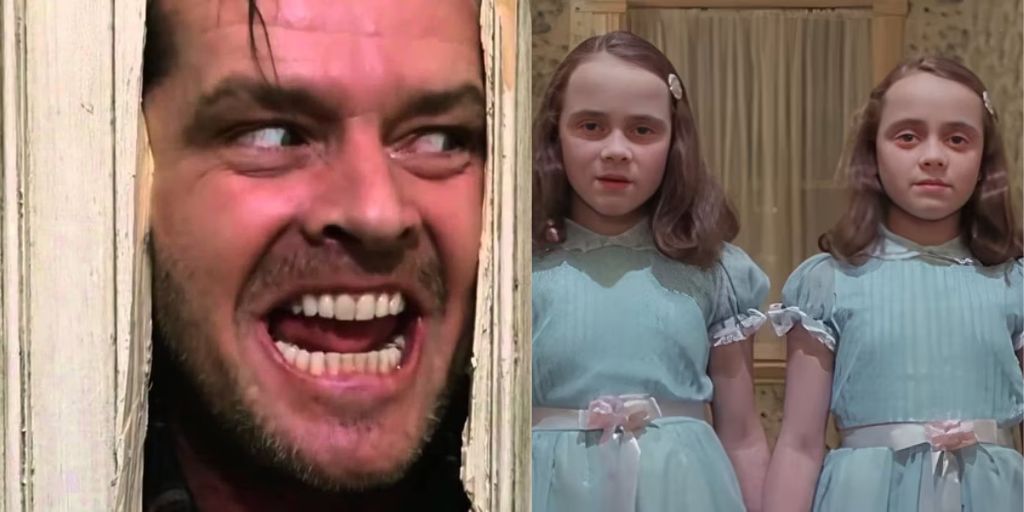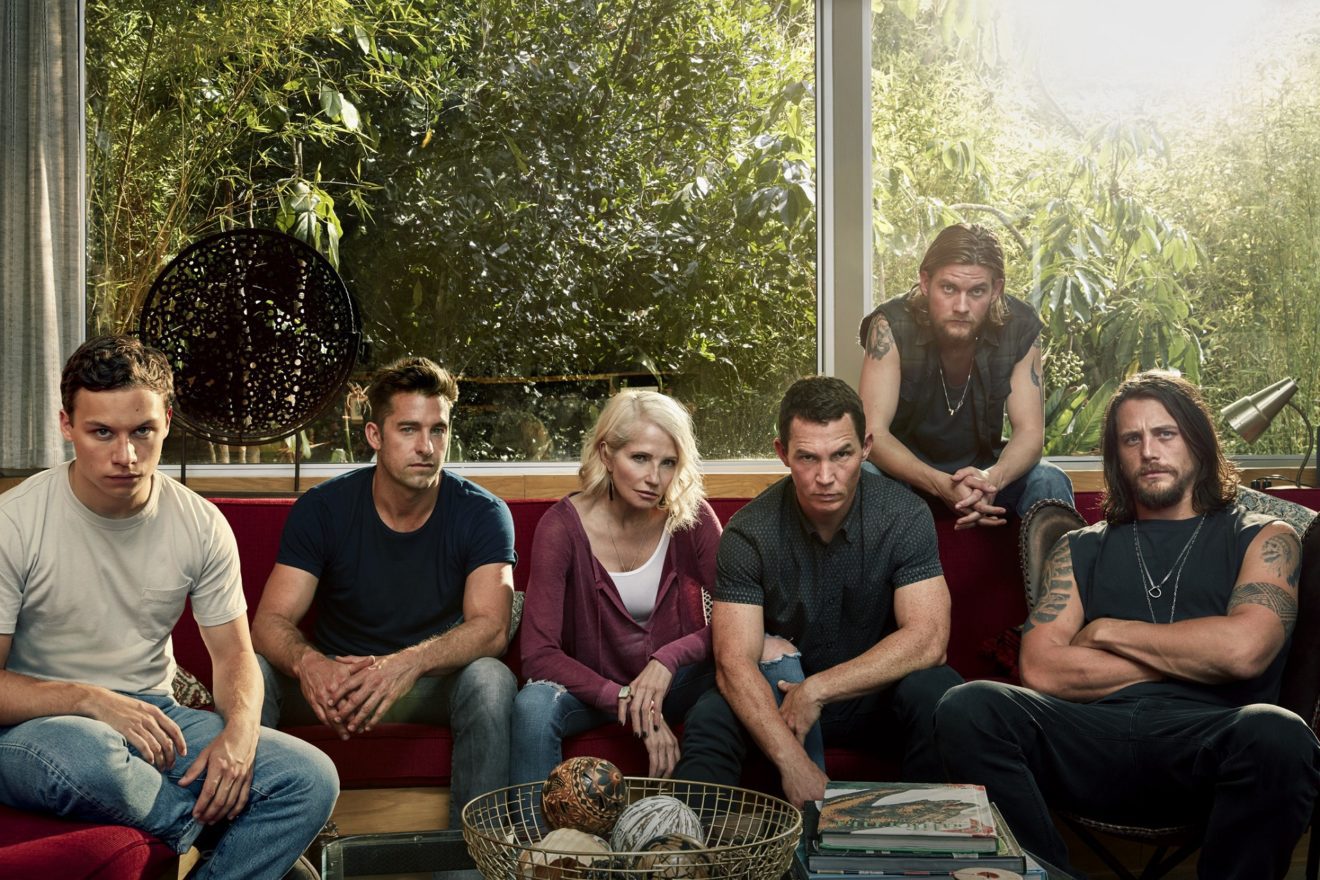Stanley Kubrick’s 1980 film The Shining is widely regarded as one of the best horror films ever made. Fans and critics alike praise its ambiguity, and the film’s ending remains one of the most discussed in cinematic history. The Shining is based on the book by Stephen King, though Kubrick made significant changes to the story, much to King’s dissatisfaction.
The plot follows Jack Torrance (played by Jack Nicholson), who accepts a job as the winter caretaker of the isolated Overlook Hotel in Colorado. Jack, struggling with writer’s block, sees this job as the perfect opportunity to focus on finishing his book.
He brings his wife Wendy (Shelley Duvall) and their young son Danny (Danny Lloyd) with him to the hotel, but they soon discover that the Overlook has a dark and disturbing past.
The hotel’s mysterious influence starts to affect Jack, driving him toward madness. As Jack spirals into insanity, the safety of Wendy and Danny becomes increasingly threatened.
Stephen King famously disliked Kubrick’s adaptation, as it changed the core themes of his novel. However, Kubrick’s version, especially the ambiguous final scene, has sparked endless theories that keep fans debating to this day.
Jack Torrance Descends Into Madness
Once Jack, Wendy, and Danny arrive at the Overlook Hotel, Jack’s mental state begins to deteriorate. His descent into madness becomes the central focus of the film. One of the most significant moments occurs when Jack enters the hotel’s gold room, where an elaborate party is underway.
At the bar, Jack speaks with the bartender, Lloyd (Joe Turkel), who tells him that his money is not needed. Lloyd cryptically explains, “orders from the house,” adding to the unsettling atmosphere.
Later, a server bumps into Jack and spills a drink on him. Apologizing profusely, the server offers to clean Jack’s jacket. He introduces himself as Delbert Grady (Philip Stone), a name Jack recognizes. Jack recalls that Charles Grady, the hotel’s former caretaker, murdered his family before killing himself.
However, Delbert Grady denies this, telling Jack that he is mistaken. Grady informs Jack that he has always been the caretaker at the hotel, saying, “I’ve always been here.”
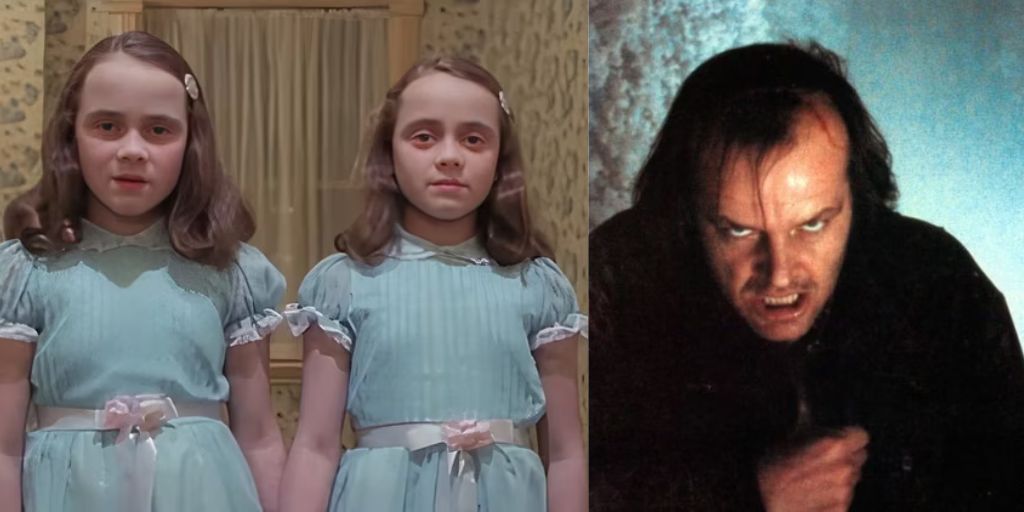
This moment marks a turning point in the film, as Grady’s words suggest that Jack may be more connected to the hotel than previously thought. Grady also warns Jack that his son Danny has a special gift, called “the Shine.”
What Does “The Shine” Mean?
In Stephen King’s universe, “the Shine” refers to a psychic ability that allows people to communicate telepathically and foresee events. Danny possesses this gift, and so does the hotel’s chef, Dick Hallorann (Scatman Crothers). Danny uses his Shine to contact Hallorann as the situation at the Overlook becomes more dangerous.
Grady’s warning to Jack about Danny’s gift leads to a terrifying conclusion: Jack must “correct” his son and wife, just as Grady claims to have done to his own family. Jack’s mental state worsens, and the hotel’s influence seems to push him toward violence.
Wendy, concerned for Danny’s safety, decides to confront Jack. She finds the manuscript he has been working on, only to discover that it is hundreds of pages filled with the same sentence: “All work and no play makes Jack a dull boy.”
Jack confronts Wendy, threatening to kill her. Wendy fights back, knocking him unconscious with a bat and locking him in the pantry. However, Jack later hears Grady’s voice, and Grady tells him that he must be more ruthless in dealing with his family. Mysteriously, the pantry door unlocks, and Jack is free to continue his pursuit of Wendy and Danny.
What Happens at the End of The Shining?
As Jack becomes more dangerous, Danny uses his Shine to warn his mother of the impending danger. Wendy wakes up to find that Danny has written the word “REDRUM” on the door, which, when viewed in a mirror, spells “MURDER.”
Jack begins chopping through the door with an ax, and Wendy helps Danny escape through a window. Wendy fends off Jack with a knife, and Danny runs into the snow-covered maze outside the hotel.
At the same time, Hallorann arrives at the Overlook, having been summoned by Danny’s Shine. Unfortunately, Jack ambushes Hallorann, killing him with the ax.
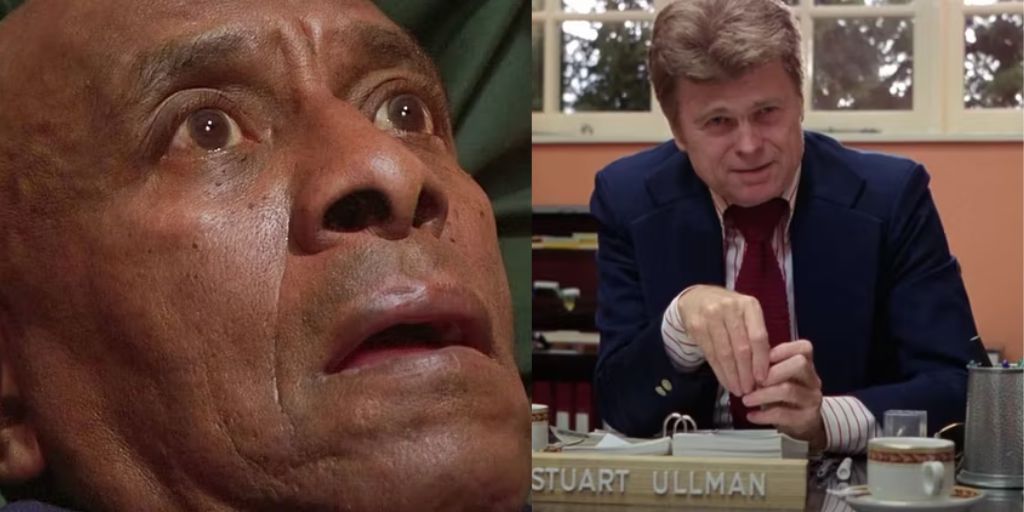
Wendy, horrified by what she witnesses, runs through the hotel in search of Danny. She encounters disturbing visions, including a man in a bear costume performing a sexual act on a hotel guest, decaying skeletons, and a wave of blood pouring from the elevator.
Outside, Jack chases Danny through the maze. However, Danny outsmarts him by retracing his steps in the snow, making it difficult for Jack to follow. Danny finds Wendy, and they escape together on a Snowcat. Jack, lost in the maze and unable to catch Danny, freezes to death in the cold.
The film ends with a haunting final shot: a photograph of the Overlook Hotel from 1921, with Jack Torrance standing at the center of the image.
Why Is Jack in That Photo at the End of The Shining?
The final shot of Jack in the 1921 photograph has puzzled audiences for decades. The most popular theory is that the Overlook Hotel has absorbed Jack’s soul, just as it has absorbed the souls of previous guests. Jack is now part of the hotel’s history, trapped there forever.
In an interview, Kubrick explained that the photo implies Jack’s reincarnation. He may have been a guest or staff member at the hotel in a past life, which would explain why Lloyd the bartender greets him as an old friend and why Grady insists that Jack has “always been the caretaker.”
This idea of reincarnation ties into the overall theme of the hotel as a place where time and reality seem to bend. The hotel exerts its control over its inhabitants, trapping them in its cycle of violence.
How Does the Book Ending of The Shining Differ From the Movie?
The ending of Kubrick’s film is very different from the ending of Stephen King’s novel. In the book, Jack does not chase Danny into a hedge maze. Instead, Jack regains control over himself in a moment of clarity and urges Danny to escape.
Jack tries to stop the hotel’s boiler from exploding, but he fails, and the Overlook Hotel is destroyed in the explosion. Wendy, Danny, and Hallorann survive in King’s version, but in Kubrick’s film, Hallorann dies, and the Overlook Hotel remains intact.
Kubrick’s ending suggests that the horrors of the hotel will continue, while King’s book offers more closure. Kubrick’s choice to leave the ending open to interpretation is one of the reasons The Shining continues to fascinate viewers.
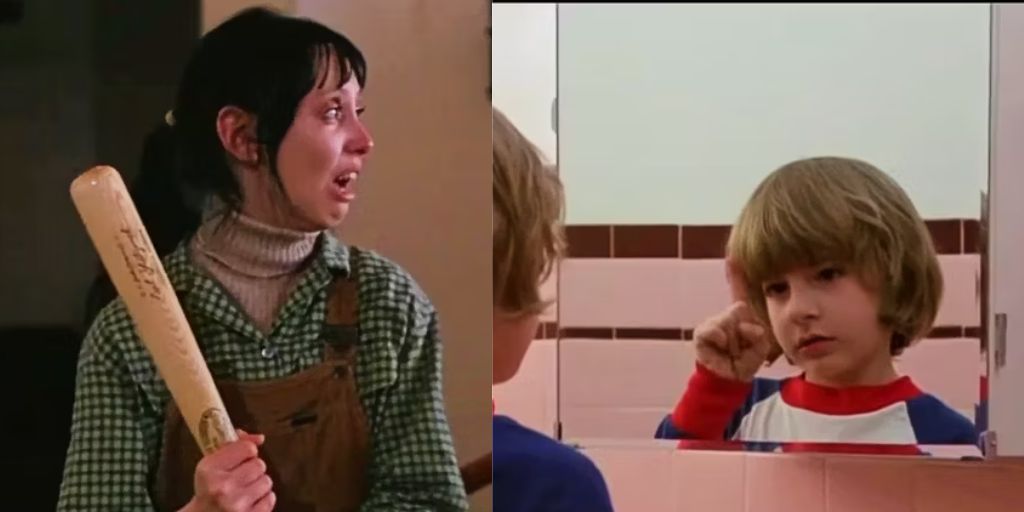
Kubrick’s version of The Shining is more than a horror film—it’s a psychological study of isolation, madness, and supernatural forces. While Stephen King’s book offers a more straightforward battle between good and evil, Kubrick chose to focus on ambiguity, creating an unsettling atmosphere where reality and hallucination blur.
This approach has made the film endlessly debatable, with fans crafting numerous theories about its meaning. From Jack’s connection to the hotel to the mysterious figures that haunt it, Kubrick’s version of The Shining pushes the boundaries of storytelling, leaving audiences with an eerie feeling long after the credits roll.


